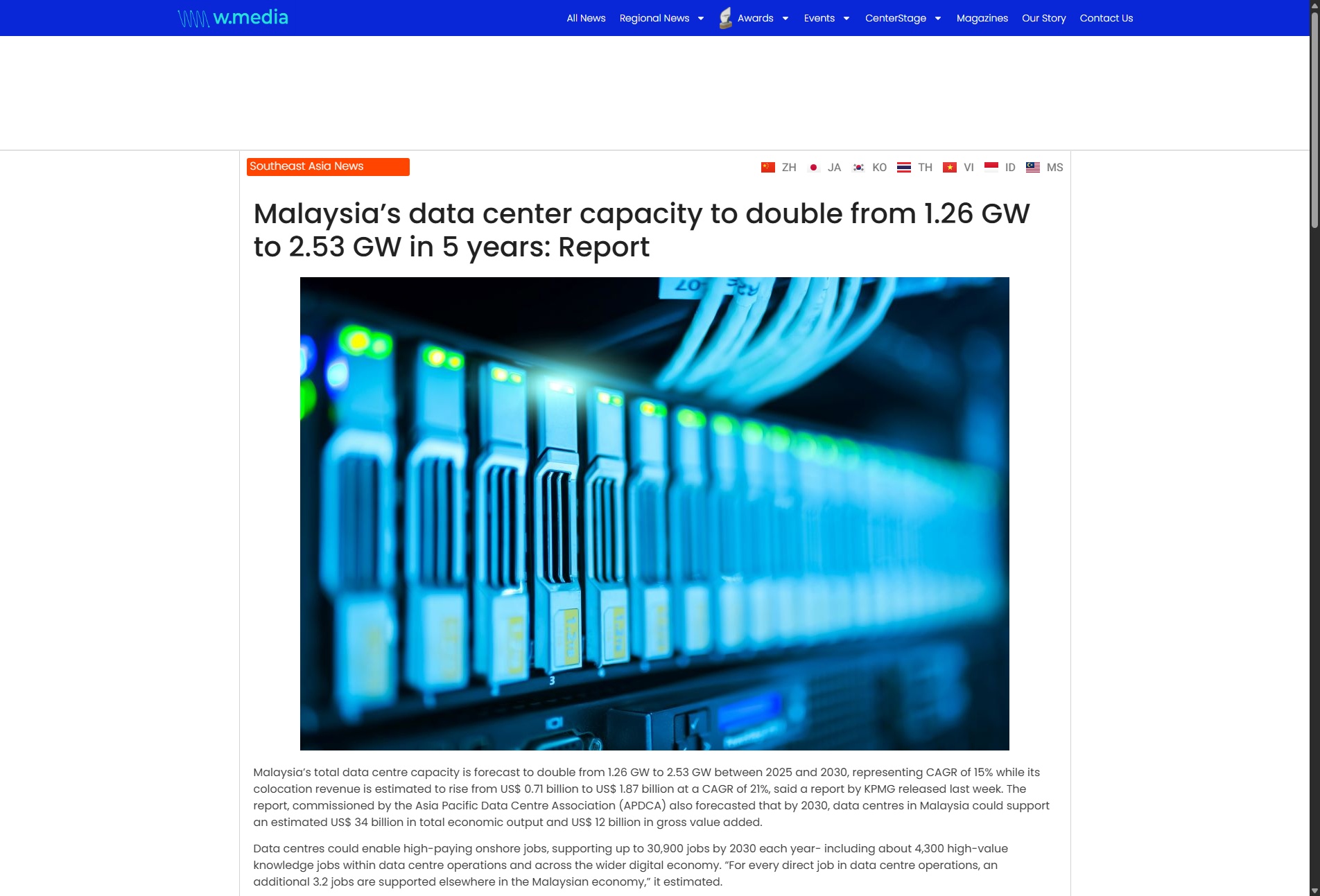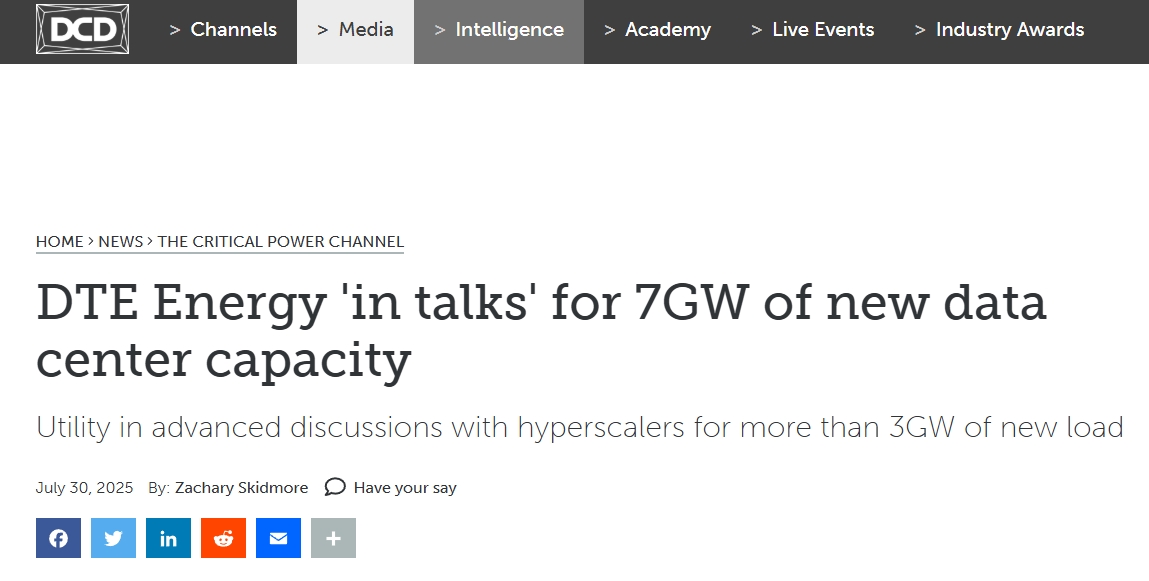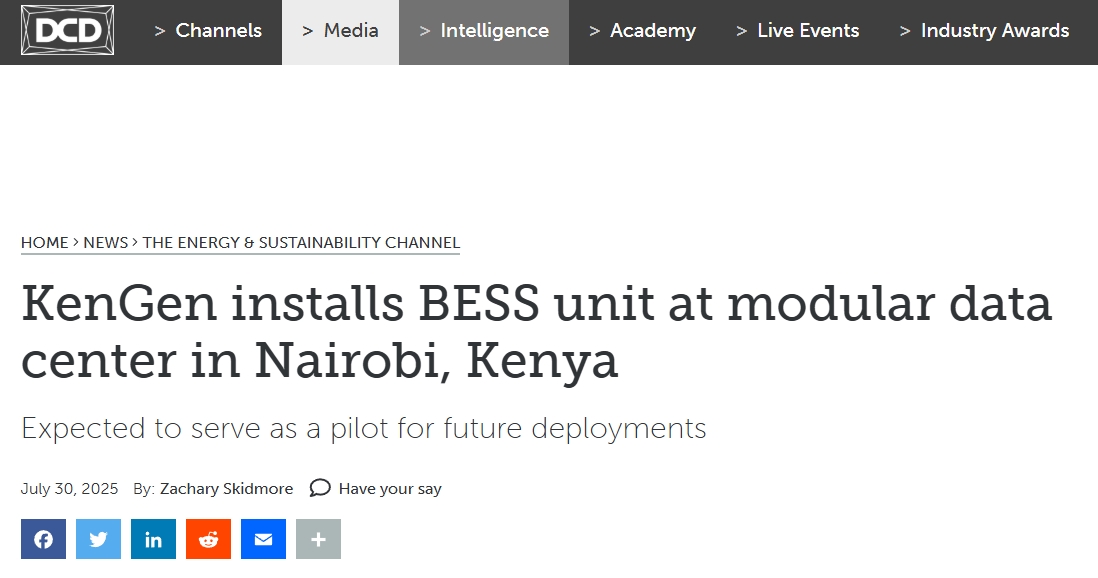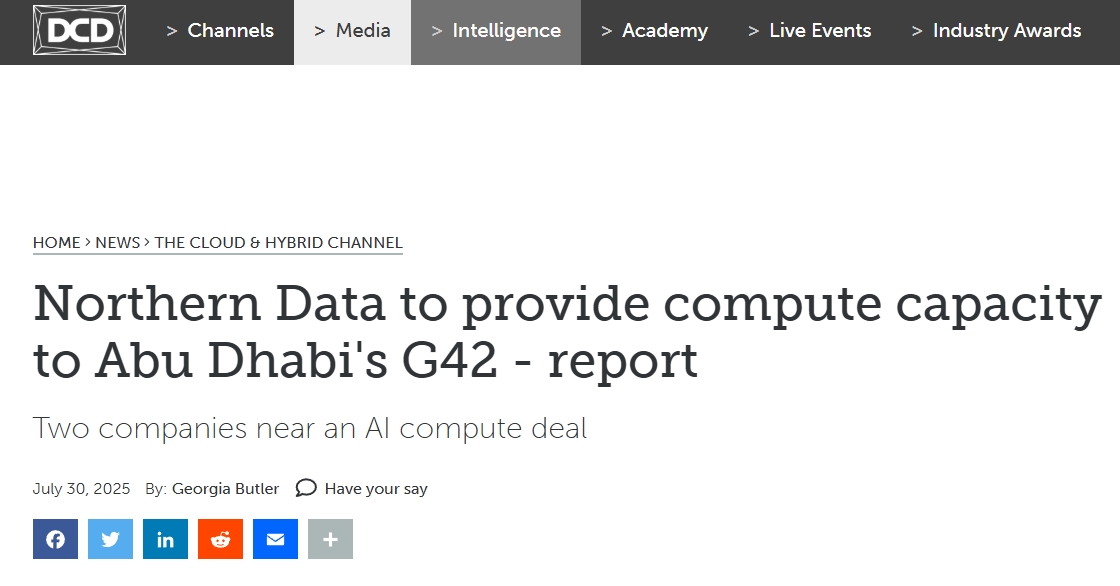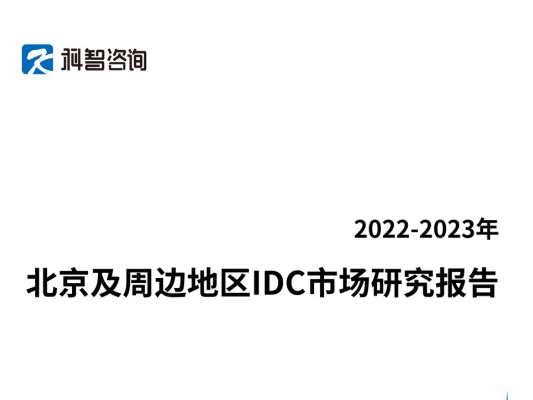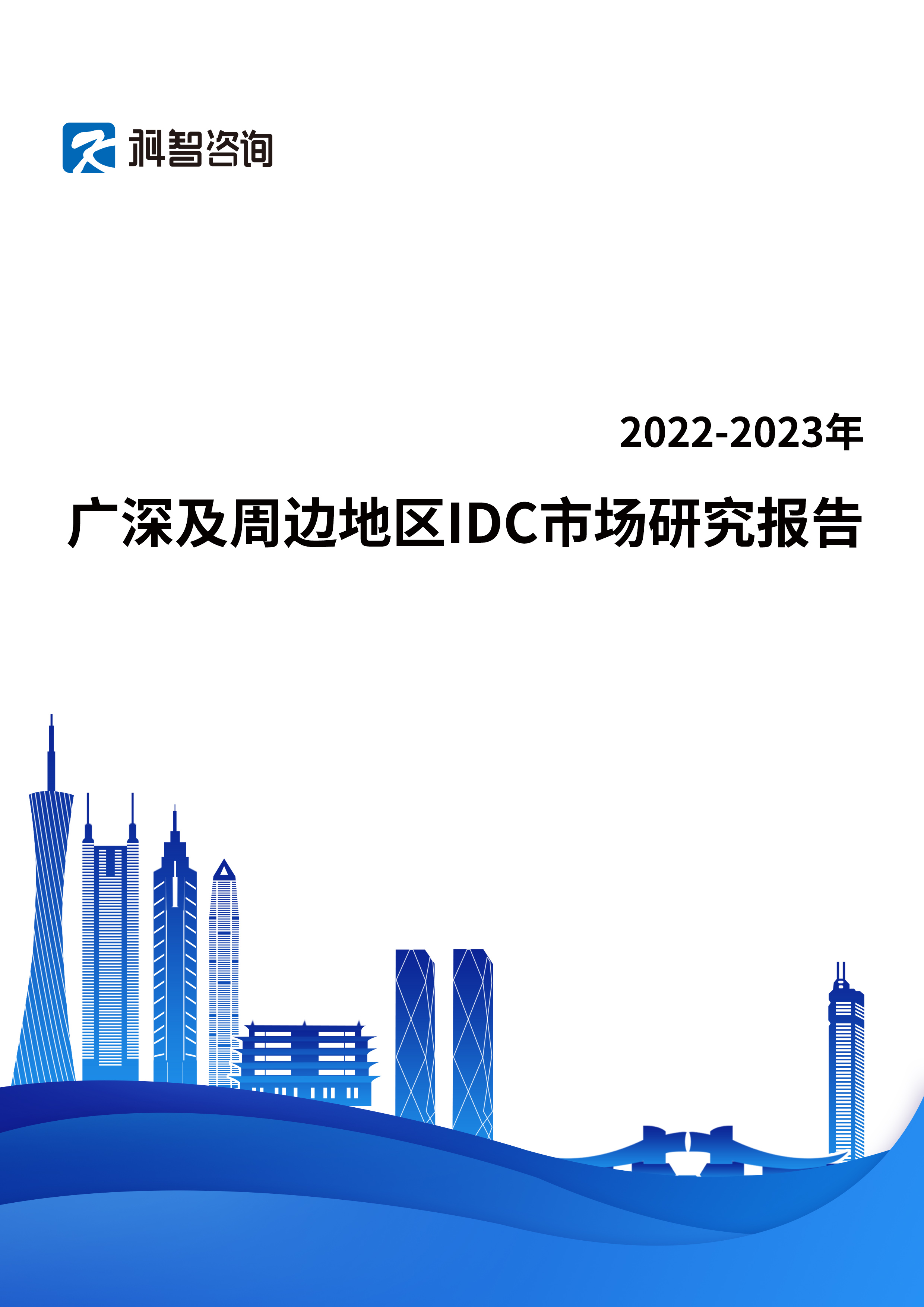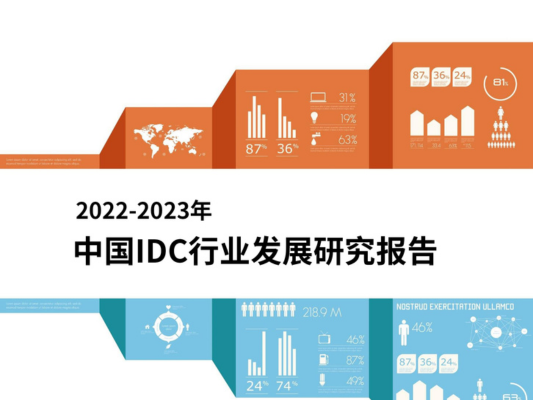Malaysia’s total data centre capacity is forecast to double from 1.26 GW to 2.53 GW between 2025 and 2030, representing CAGR of 15% while its colocation revenue is estimated to rise from US$ 0.71 billion to US$ 1.87 billion at a CAGR of 21%, said a report by KPMG released last week. The report, commissioned by the Asia Pacific Data Centre Association (APDCA) also forecasted that by 2030, data centres in Malaysia could support an estimated US$ 34 billion in total economic output and US$ 12 billion in gross value added.
Data centres could enable high-paying onshore jobs, supporting up to 30,900 jobs by 2030 each year- including about 4,300 high-value knowledge jobs within data centre operations and across the wider digital economy. “For every direct job in data centre operations, an additional 3.2 jobs are supported elsewhere in the Malaysian economy,” it estimated.
“The job estimates were created using KPMG’s economic impact model, which uses both project-specific information and publicly available data. Sources include the Malaysian Department of Statistics, the OECD, the Malaysian Investment Development Authority, and industry reports. The job numbers include people working directly in data centres, as well as those in related roles across the wider economy, such as suppliers and service providers,” said KPMG.
Annual wage income supported by the sector is projected to increase nearly eightfold to reach USD 1.3 billion by 2030.
To enable sustainable growth in the data centre sector, an effective policy environment will be crucial, the report said, recommending that the government and the sector work together in four key areas: 1) reviewing tax and energy tariff structures; 2) ensuring a predictable regulatory environment; 3) addressing sustainability challenges; and 4) upskilling the workforce.
“For operators, it is important that governments continue communicating, consulting, and implementing tariff adjustments with transparency and predictability. Predictability in electricity pricing is essential for long-term infrastructure investment, procurement planning, and cost management. Providing businesses with early clarity on the timing and scale of tariff changes helps maintain confidence and supports sound planning,” said APDCA, in reference to the recent increase in electricity tariffs in Malaysia.
It added that data centres—and the broader digital ecosystem they enable—thrive in environments with long-term stability and policy certainty.
“As Malaysia positions itself as a regional digital hub, data centres are the foundational infrastructure that powers and enables AI, cloud adoption, and digital transformation across sectors,” said Jeremy Deutsch, Chair of the APDCA.
In response to questions from W. Media on renewable energy, APDCA said Malaysia is taking steps to facilitate access to renewable energy for data centres through initiatives such as Malaysia’s Green Lane Pathway that fast-tracks electricity supply for projects, and its Corporate Renewable Energy Supply Scheme, enabling large companies to purchase renewable energy directly from independent power producers.
Beyond Malaysia, in the Asia Pacific region, governments are taking steps towards ensuring that their ambitions for digital transformation go hand in hand with their net zero ambitions. Central to achieving this objective is supporting expanded access to reliable, clean, and affordable energy.
“All APDCA members have set climate goals that cover the use of renewable energy for their operations,” it said, adding that the sustainability imperative has catalysed investment in energy infrastructure and the transition to renewables in many APAC countries.
“Data centres drive major upgrades to local infrastructure, particularly in power supply and digital connectivity. To meet energy demands of data centres, utility providers and data centre operators strengthen the power grid by upgrading substations, installing more robust transformers, and introducing smart grid technologies,” the association added.
A good example is Indonesia where there has been a concerted effort to upgrade the national power grid to ensure consistent and reliable energy supply to data centers of major tech companies as well as to the surrounding communities.
Research by Ember shows that, in ASEAN countries, with investments in solar and wind capacity, and modernisation of grid infrastructure, solar and wind could meet up to 30 per cent of data centres’ electricity demand by 2030.

